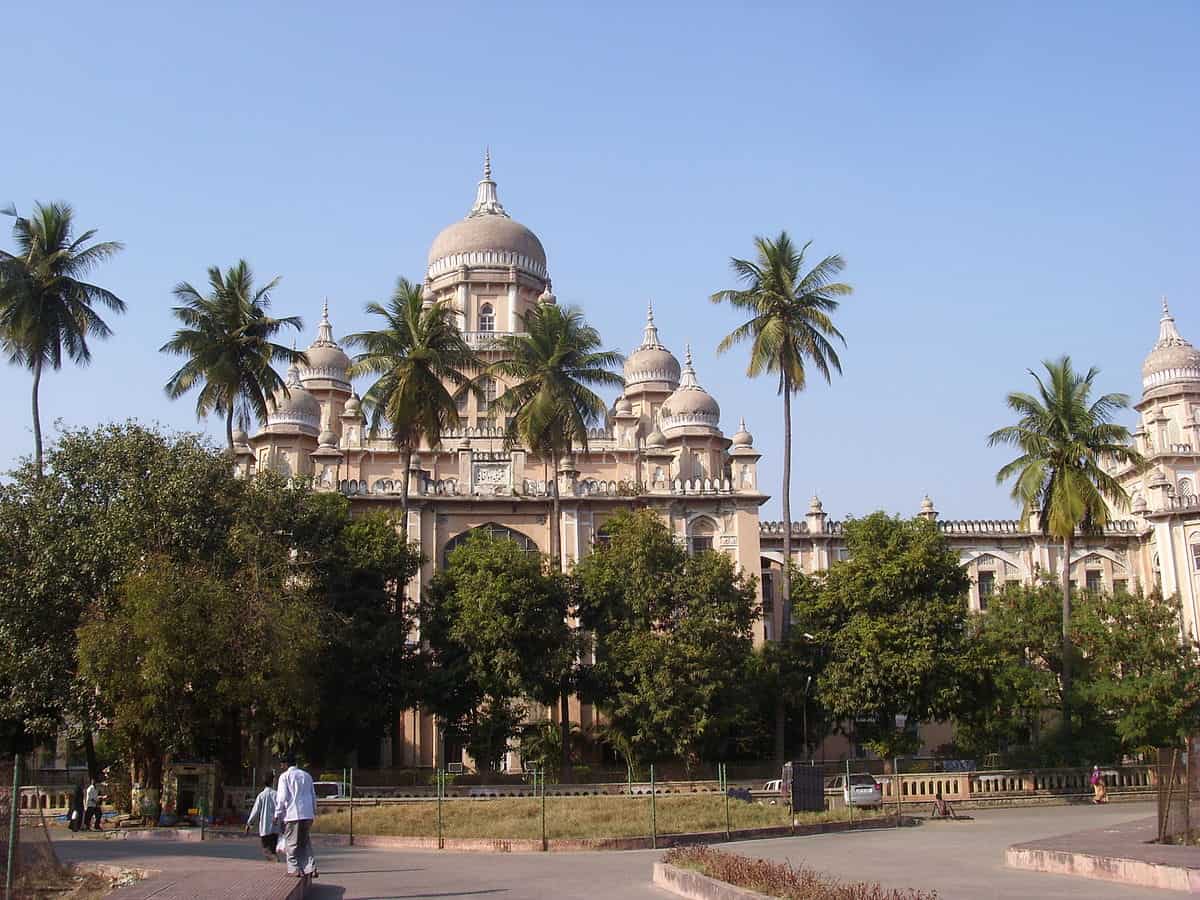
Hyderabad: Following a notice by the Health, Medical, and Family Welfare Department requesting permission to demolish the Osmania General Hospital, the state set up a committee, on March 10, to study the structural stability of the historic structure.
The committee has been given a period of 15 days to submit a report based on the study.
The committee comprises the Engineer in Chief (EIC) of Roads and Buildings (R&B) Department, EIC of Public Health MAUD, EIC of Panchayat Raj and Rural Development, and the chief city planner of the Greater Hyderabad Municipal Corporation (GHMC).
The fate of Osmania General Hospital’s (OGH) old heritage structure continues to hang in balance, as concerned citizens are hoping that it does not meet the same fate as the old Secretariat building (Saifabad palace).
The troubles of Osmania General Hospital
Back then in 2013, under the erstwhile AP government, the Heritage Conservation Committee (HCC) still existed (which looked into matters concerning notified heritage buildings in the city), and had approved the conservation plan.
The process of restoration of the heritage structure was delayed and ignored with the Telangana agitation intensifying in 2013.
In a 2013 report, a new building block was suggested to be built for Rs. 100 crore and restoration of the old structure was suggested for Rs.19 crore then. The new building was to have many other facilities, which were being run from other buildings. However, after Telangana was formed in 2014, Chief Minister K. Chandrasekhar Rao visited OGH in 2015, which was followed by an announcement of OGH’s demolition.
The announcement of the demolition of OGH led to a public outcry, following which an expert team from the Indian National Trust for Art, Culture, and Heritage (INTACH) submitted after a structural, stability and safety study.
It summarized that the conservation of the in-patient block or the old heritage building should be restored based on heritage conservation principles. In 2019, state officials along with architects from the Aga Khan Trust for Culture (AKTC) also inspected OGH to look at restoration. But that also fell through.
The history of OGH:
OGH was completed in 1925 after Hyderabad was affected by the bubonic plague around 1911. The city administration then took care of the issue, following which the then Nizam Osman Ali Khan (1911-48) set up the City Improvement Board (CIB) in 1912 to improve Hyderabad’s infrastructure. It was designed by architect Vincent Esch, who also designed the Victoria Memorial in Kolkata.
The OGH’s old building (along with others like High Court and City College) is a fine example of the Osmanian style or Indo-Saracenic genre of architecture and is an integral part of Hyderabad’s 20th-century riverscape and skyline. The CIB during the reign of Osman Ali Khan had transformed the medieval city into a modern metropolis, complete with infrastructures like the High Court, railway stations, schools, and OGH.



